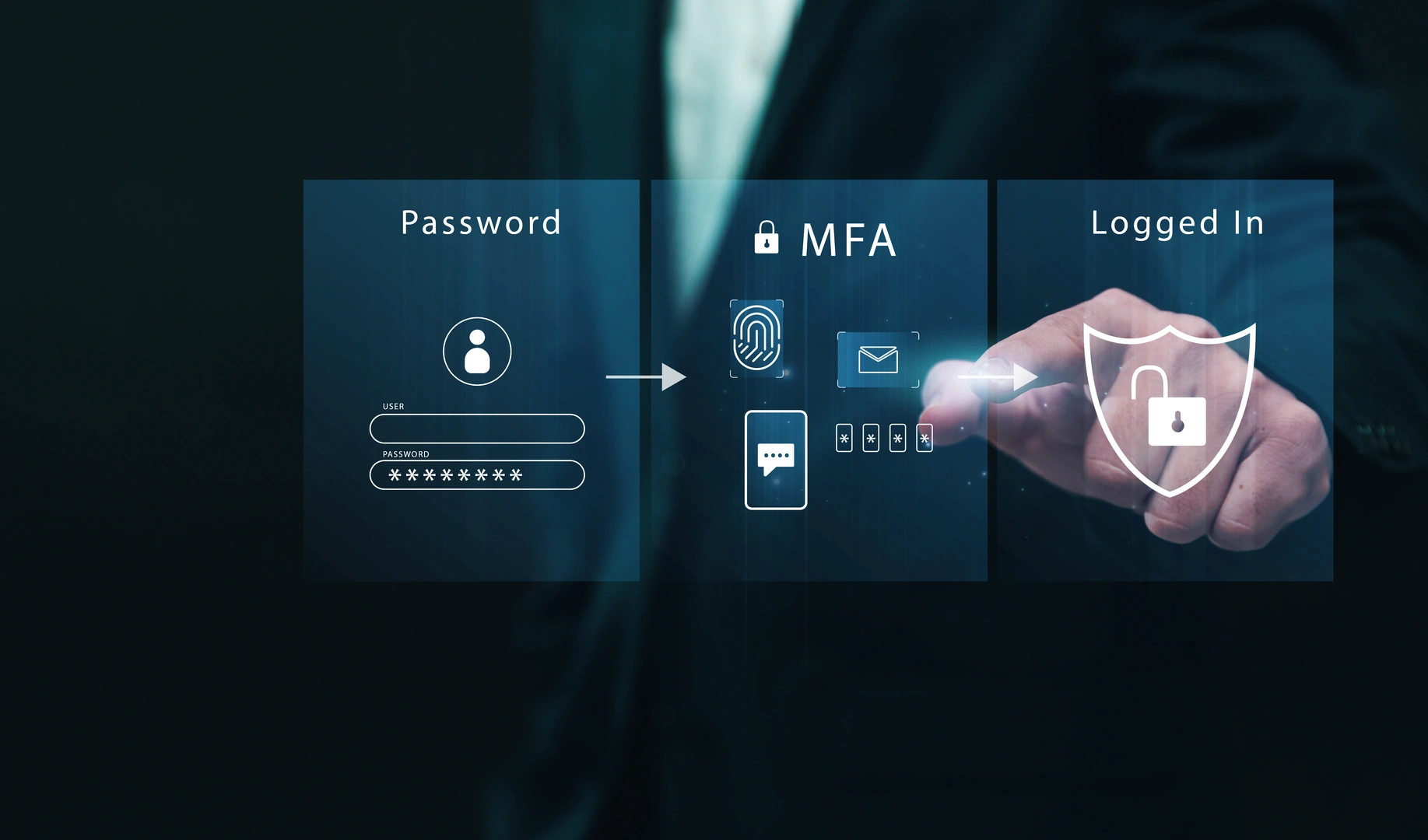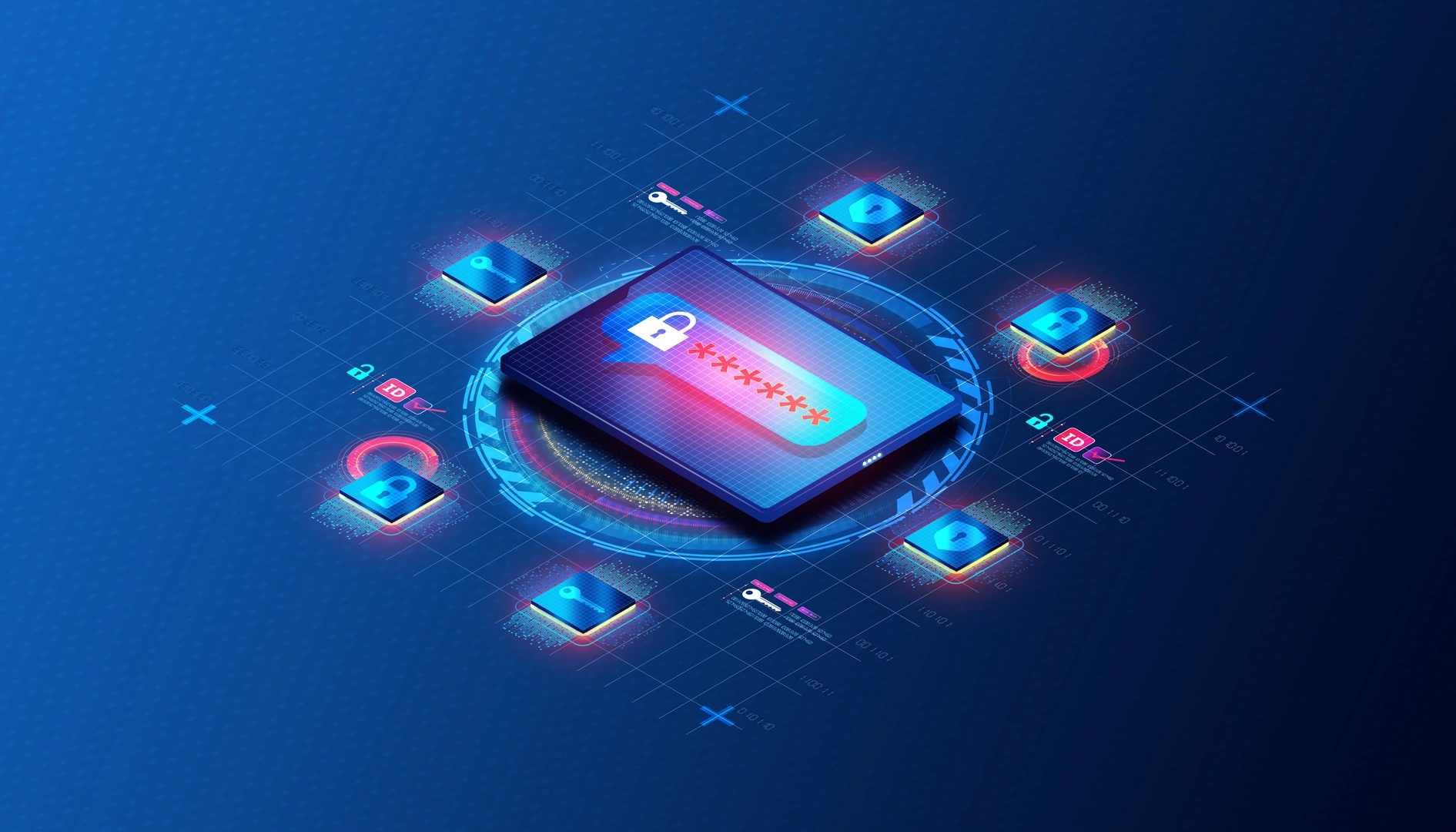Table of contents
- Strategies for identity and access management in companies
- Importance of identity and access management
- IAM Systems: a pillar of corporate security
- Benefits of identity and access management
- Choosing the right IAM system
- Defining access policies
- Implementation and training
- Monitoring and maintenance
- Managing digital identities and remote access
- Examples of access management technologies
- Investing in protecting digital assets
Strategies for identity and access management in companies
Implementing an access management system in a company is fundamental to protecting corporate data and ensuring that only authorized users can access the resources necessary to perform their duties.
Importance of identity and access management
Corporate access management is the process of controlling who can access certain data and resources. This control system is essential to prevent unauthorized access, thereby reducing the risk of security breaches and data losses. Identity management, on the other hand, involves the authentication and authorization of users, ensuring that only appropriate individuals can access corporate systems and information.
IAM Systems: a pillar of corporate security
Identity and Access Management (IAM) systems are essential tools for enhancing corporate security. These systems allow for centralized access management, simplifying the process of user authentication and granting access rights. An effective IAM system should be able to integrate various authentication technologies, such as passwords, security tokens, and biometric systems, to ensure that access to resources is reserved only for authorized users.
Benefits of identity and access management
Implementing an effective strategy for managing identities and access offers numerous benefits for a company:
- Increased security
By strictly controlling who can access which resources, the risks of unauthorized access and security breaches are significantly reduced.
- Regulatory compliance
Many regulations require companies to protect sensitive information and maintain an access log. An IAM system helps meet these requirements.
- Operational Efficiency
Automating the access management process reduces the workload for IT staff and allows users to quickly access the resources they need.
- Traceability and audit
IAM systems offer monitoring and audit functionalities, allowing companies to track who has access to what and detect any suspicious activities.
Implementation of access control systems
Implementing an access control system in a company is a complex process that requires meticulous planning and a thorough understanding of the company’s needs. This process can be broken down into several key phases ranging from assessing the company’s specific needs to ongoing maintenance of the system once implemented. Here is a detailed overview of each phase.
Needs assessment
The first step in implementing an access control system is a business needs assessment. This involves a number of key activities:
- Business resource analysis
Identifying all critical resources that need protection, including sensitive data, IT systems, applications and infrastructure.
- User and role mapping
Define who the users are who need access to these resources and what roles they play within the organization. This provides an understanding of what access privileges should be assigned to each role.
- Risk assessment
Identify the potential security risks associated with unauthorized access to corporate resources. This assessment helps determine the level of security needed.
Choosing the right IAM system
Once the needs assessment is completed, the next step is to choose the most suitable Identity and Access Management (IAM) system. Selection criteria may include:
- Technological compatibility
The IAM system must easily integrate with existing IT technologies and infrastructures.
- Scalability
It must be able to grow with the company and manage an increasing number of users and resources.
- Security features
The system must support advanced security technologies such as Multi-Factor Authentication (MFA), Role-Based Access Control (RBAC), and federated identity management.
- Ease of use
It should be intuitive for administrators and end users, with a clear user interface and simplified management functionalities.
Defining access policies
Once the IAM system is chosen, it is essential to define clear and precise access policies. This process includes:
- Authentication criteria
Establishing the authentication methods to be used (e.g., passwords, security tokens, biometrics).
- Authorization policies
Defining who can access which resources and with what privileges. Authorization policies must be based on the roles defined in the needs assessment phase.
- Password management rules
Establishing requirements for password complexity, their duration, and reset procedures.
- Temporary access management
Defining how to manage temporary access to resources for occasional users or contractors.
Implementation and training
With access policies defined, the IAM system can be implemented. This phase includes:
- Installation and configuration
Installing the IAM system and configuring it according to the defined access policies.
- Data migration
Transferring existing users and resources into the new system, ensuring that all access settings are correctly applied.
- User training
Educating users on using the new system, including new authentication procedures and security policies. Training is crucial to ensure the IAM system is used correctly and that users understand the importance of the adopted security measures.
Monitoring and maintenance
Implementing an access control system does not end with its deployment; continuous monitoring and regular maintenance are required to ensure the system remains effective and secure:
- Access monitoring
Using monitoring tools to track user access to corporate resources. This allows for detecting suspicious activities and potential security breaches.
- Audit and reporting
Conducting periodic audits to verify compliance with access policies and identify any discrepancies. Access reports help maintain a clear view of user activities.
- Updates and patches
Ensuring that the IAM system is always updated with the latest security patches and functionalities. This is crucial to protect the system from new threats and vulnerabilities.
- Reviewing access policies
As business needs change over time, it is important to periodically review and update access policies to adapt to new circumstances and requirements.

Managing digital identities and remote access
With the increase in remote work and the adoption of flexible working models, managing digital identities and remote access has become a crucial aspect of corporate security. This involves:
- Secure remote access
Implementing secure remote access solutions such as VPNs and zero trust networks to protect access to corporate resources from remote locations.
- Cloud identity management
Many companies use cloud services, which requires managing digital identities on distributed platforms. Integrating the IAM system with cloud identity management solutions is essential.
- Strong authentication
Adopting strong authentication technologies such as Multi-Factor Authentication (MFA) is essential to protect remote access to corporate resources.
Examples of access management technologies
Various technologies can be used for access management in companies, including:
- Multi-Factor Authentication (MFA)
Uses multiple verification methods (e.g., passwords, fingerprints, tokens) to enhance access security.
- Single Sign-On (SSO)
Allows users to access multiple systems with a single authentication, simplifying the user experience.
- Directory services
Centralize the management of identities and access, making it easier to administer and verify users.
- Role-Based Access Control (RBAC)
Assigns access rights based on users’ roles within the organization, ensuring that each can only access relevant resources.
Investing in protecting digital assets
Identity and access management is a vital component of corporate security. An effective access management system not only protects sensitive information and corporate resources but also increases operational efficiency and ensures regulatory compliance. With the increase in cyber threats, companies must adopt advanced strategies and robust IAM systems to protect their digital assets and maintain a high level of security.
FAQ
- What is an IAM system and why is it important?
An IAM (Identity and Access Management) system is a solution that centralizes the management of digital identities and user access. It is important because it ensures that only authorized individuals can access corporate resources, increasing security. - What are the main benefits of identity and access management?
Benefits include increased security, regulatory compliance, operational efficiency, and traceability of user activities. - How is an access control system implemented?
Implementation requires assessing business needs, choosing a suitable IAM system, defining access policies, implementing and training users, and continuous monitoring. - What are Multi-Factor Authentication (MFA) technologies?
MFA technologies use multiple verification methods to authenticate a user, increasing security compared to using a single password. - What are the benefits of Single Sign-On (SSO)?
SSO allows users to access multiple systems with a single authentication, simplifying the user experience and reducing the number of passwords to manage. - What is Role-Based Access Control (RBAC)?
RBAC is a methodology that assigns access rights based on users’ roles within the organization, ensuring they can only access relevant resources. - How can access management systems increase security?
An access management system increases security by strictly controlling who can access which resources, using advanced technologies such as MFA, and maintaining a record of user activities.

